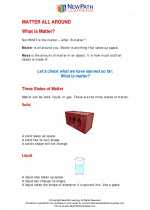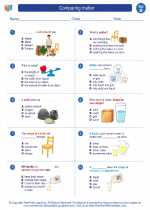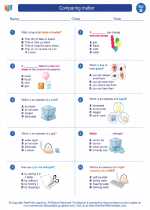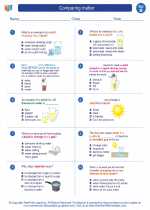Barometer
A barometer is a scientific instrument used to measure atmospheric pressure. It is a crucial tool for meteorologists in predicting weather patterns and changes. There are two main types of barometers: mercury barometers and aneroid barometers.
Mercury Barometer
In a mercury barometer, a tube filled with mercury is inverted into a container of mercury. The height of the mercury in the tube is directly proportional to the air pressure exerted on the mercury in the container. When the air pressure increases, the mercury is pushed up the tube, and when the air pressure decreases, the mercury falls. The height of the mercury column is a measure of the atmospheric pressure.
Aneroid Barometer
An aneroid barometer uses a small, flexible metal box called an aneroid cell. As the air pressure changes, the cell expands or contracts, which is then translated into a measurement of atmospheric pressure on a dial.
How to read a barometer
- Check the current atmospheric pressure reading on the barometer's dial or scale.
- Observe the trend of the pressure reading. A rising pressure indicates improving weather, while a falling pressure indicates worsening weather.
- Use the barometer readings in conjunction with other weather observations to make predictions about future weather conditions.
Study Guide
Here are some key points to remember about barometers:
- Atmospheric pressure is the force exerted by the weight of the air above.
- High pressure usually indicates fair weather, while low pressure often brings stormy weather.
- Mercury barometers use the height of a mercury column to measure pressure, while aneroid barometers use a flexible metal cell.
- Understanding barometer readings can help predict changes in weather patterns.
◂Science Worksheets and Study Guides Second Grade. Comparing matter

 Activity Lesson
Activity Lesson
 Worksheet/Answer key
Worksheet/Answer key
 Worksheet/Answer key
Worksheet/Answer key
 Worksheet/Answer key
Worksheet/Answer key
 Vocabulary/Answer key
Vocabulary/Answer key
